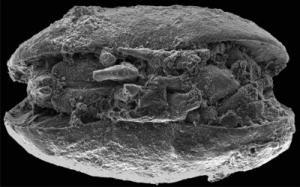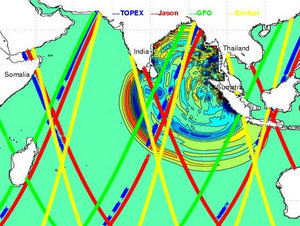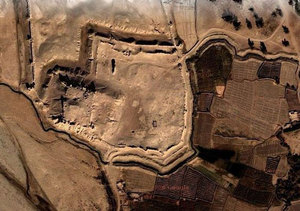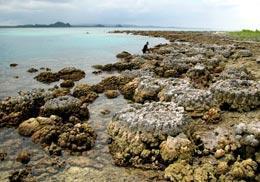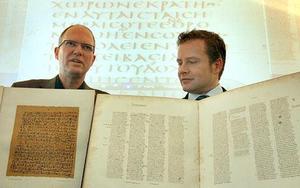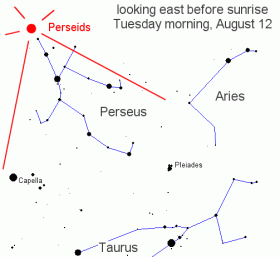
|
| ©Unknown |
"The time to look is during the dark hours before dawn on Tuesday, August 12th," says Bill Cooke of NASA's Meteoroid Environment Office at the Marshall Space Flight Center. "There should be plenty of meteors--perhaps one or two every minute."
The source of the shower is Comet Swift-Tuttle. Although the comet is far away, currently located beyond the orbit of Uranus, a trail of debris from the comet stretches all the way back to Earth. Crossing the trail in August, Earth will be pelted by specks of comet dust hitting the atmosphere at 132,000 mph. At that speed, even a flimsy speck of dust makes a vivid streak of light when it disintegrates--a meteor! Because, Swift-Tuttle's meteors streak out of the constellation Perseus, they are called "Perseids."
